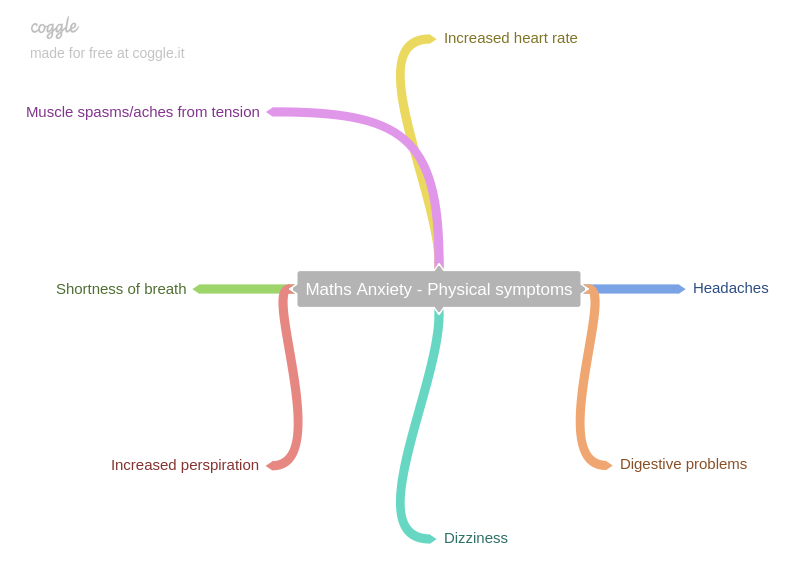According to Galileo (1564-1642), “the language with which God has written the universe”. A fact that I loved learning in today’s class is that Mathematics is a universal language. Knowing that it’s the same in every country across the world fascinates me. Something which I didn’t realise was that maths isn’t just in the classroom, it is all around us! For example, mathematics relates to everyday situations, such as, bills, cooking, weather, stock markets, travelling and baking.
An important factor in teaching maths is the attitude of the students learning it. How people feel about maths has an impact on their ability to do and interest in learning maths. Something which needs to be addressed is maths anxiety.
Here are examples of both physical and psychological anxiety symptoms related to mathematics:


As a teacher, my aim is to to spark the student’s enthusiasm towards the subject of maths by teaching the subject in a motivating and interesting way.

